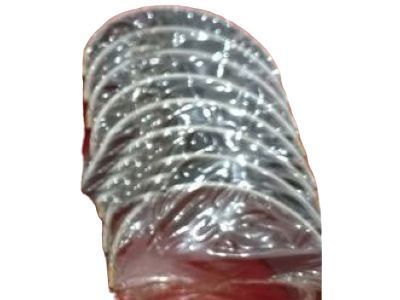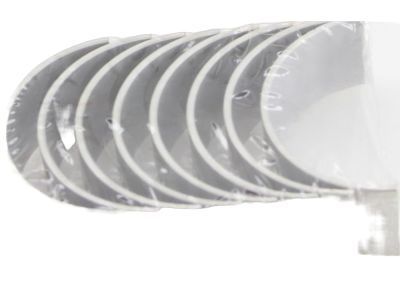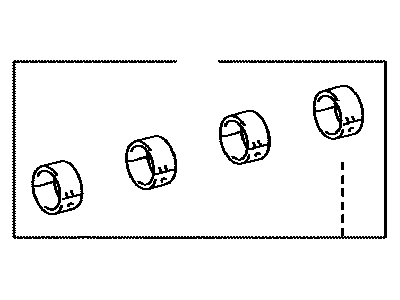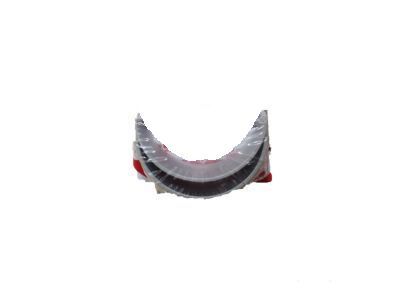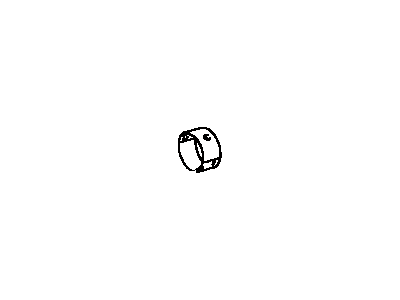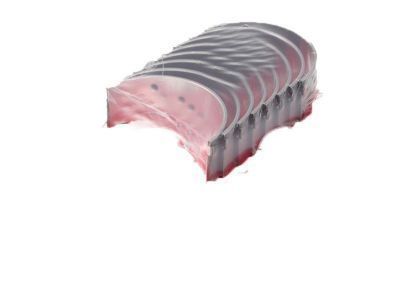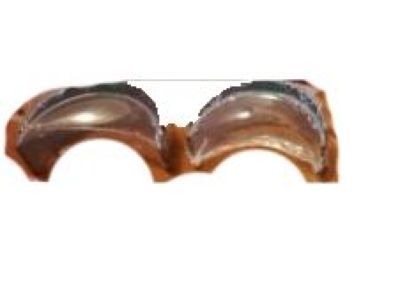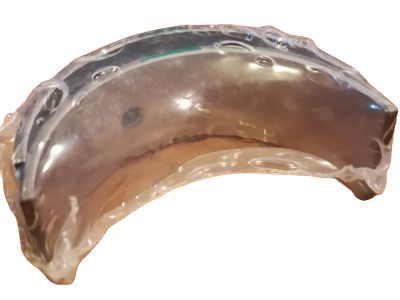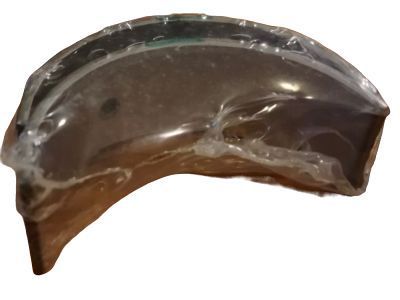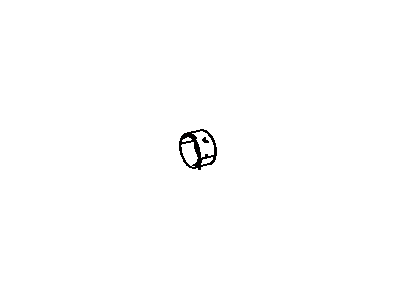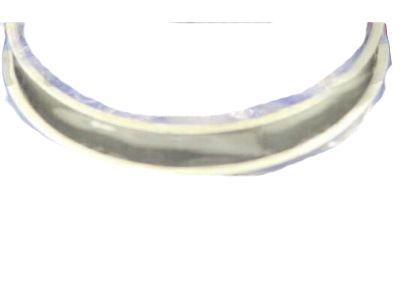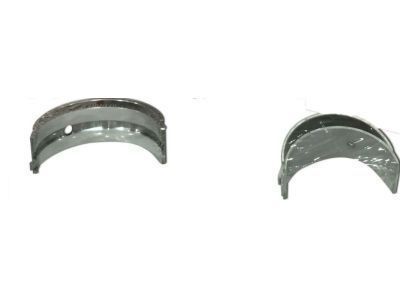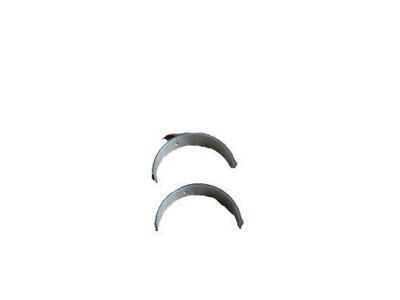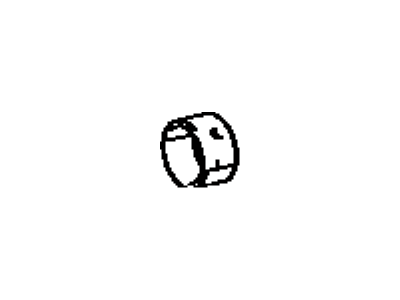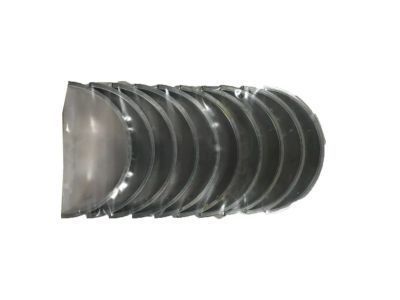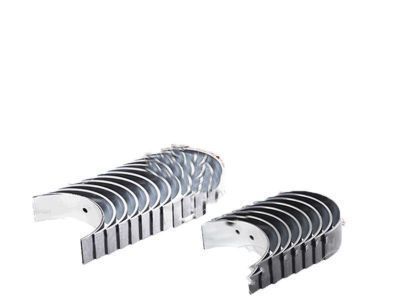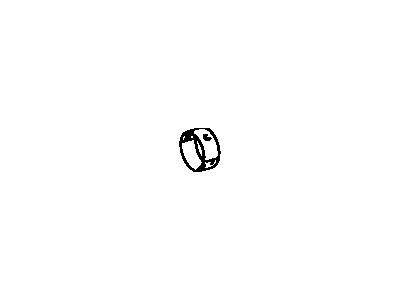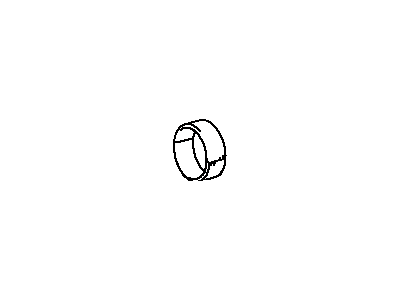

My Garage
My Account
Cart
Genuine Toyota MR2 Rod Bearing
Engine Connecting Rod Bearing- Select Vehicle by Model
- Select Vehicle by VIN
Select Vehicle by Model
orMake
Model
Year
Select Vehicle by VIN
For the most accurate results, select vehicle by your VIN (Vehicle Identification Number).
16 Rod Bearings found
Toyota MR2 Connecting Rod Bearing Set
Part Number: 13204-88360$61.47 MSRP: $86.65You Save: $25.18 (30%)Ships in 1-3 Business DaysToyota MR2 Connecting Rod Bearing
Part Number: 13041-88360-01$13.55 MSRP: $18.95You Save: $5.40 (29%)Ships in 1-3 Business DaysToyota MR2 Connecting Rod Bearing Set
Part Number: 13204-74030$59.46 MSRP: $83.82You Save: $24.36 (30%)Ships in 1-3 Business DaysToyota MR2 Connecting Rod Bearing
Part Number: 13041-16070-02$12.25 MSRP: $17.11You Save: $4.86 (29%)Ships in 1-3 Business DaysToyota MR2 Connecting Rod Bearing
Part Number: 13041-88360-02$13.55 MSRP: $18.95You Save: $5.40 (29%)Ships in 1-3 Business DaysToyota MR2 Connecting Rod Bearing
Part Number: 13041-88360-03$13.55 MSRP: $18.95You Save: $5.40 (29%)Ships in 1-3 Business DaysToyota MR2 Connecting Rod Bearing
Part Number: 13041-16040-02$13.44 MSRP: $18.78You Save: $5.34 (29%)Ships in 1-3 Business DaysToyota MR2 Connecting Rod Bearing
Part Number: 13041-74030-02$15.82 MSRP: $22.10You Save: $6.28 (29%)Ships in 1-3 Business DaysToyota MR2 Connecting Rod Bearing
Part Number: 13041-16070-01$10.58 MSRP: $14.78You Save: $4.20 (29%)Toyota MR2 Connecting Rod Bearing
Part Number: 13041-16040-03$13.44 MSRP: $18.78You Save: $5.34 (29%)Ships in 1-3 Business DaysToyota MR2 Connecting Rod Bearing
Part Number: 13041-16040-01$13.44 MSRP: $18.78You Save: $5.34 (29%)Ships in 1-3 Business DaysToyota MR2 Connecting Rod Bearing Set
Part Number: 13204-16040$50.33 MSRP: $70.34You Save: $20.01 (29%)Ships in 1-3 Business DaysToyota MR2 Connecting Rod Bearing
Part Number: 13041-74030-03$15.82 MSRP: $22.10You Save: $6.28 (29%)Ships in 1-3 Business DaysToyota MR2 Connecting Rod Bearing Set
Part Number: 13204-16070$59.13 MSRP: $82.66You Save: $23.53 (29%)Ships in 1-3 Business DaysToyota MR2 Connecting Rod Bearing
Part Number: 13041-16070-03$10.58 MSRP: $14.78You Save: $4.20 (29%)
Toyota MR2 Rod Bearing
If you are in demand for superior quality and affordable OEM Toyota MR2 Rod Bearing, then shop with us! We own a wide range of the reduced-priced genuine Toyota MR2 Rod Bearing. You can purchase in confidence as all parts come with a manufacturer's warranty. Any issues with our products? No need to worry as we have a hassle-free return policy to guide you every step of the way.
Toyota MR2 Rod Bearing Parts Questions & Experts Answers
- Q: Why is it important to examine Rod Bearings during an engine overhaul on a Toyota MR2?A:While the main and connecting rod bearings should be replaced with the new ones through an engine overhaul process, it is essential to preserve the old bearings for a detailed investigation of the possible problems with the engine. Common causes of bearing failure consist of; inadequate lubrication, contaminants/foreign particles, overloading and corrosion and should be identified and addressed before reconstruction for future occurrence. Regarding the bearings, it should be removed from the engine block and arranged on a flat surface in positions that correspond the crankshaft journal with the identical problem. Foreign material may also be brought into the, engine during its assembly, through the engine's filters or the PCV system, or through the use of reconditioned metal ch Ips and abrasives. These foreign objects may get lodged in the soft bearing material; the larger particle may cut or dig into the bearing and journal. Proper cleaning of all parts and changing of oil and filter should be done, regular as a precaution measure. This condition is caused by insufficient supply of oil due to high temperature, overloading, leakage of oil, or blockage of oil supply channel resulting to bearing material being removed either by wiping or extrusion from the backing and temperatures augmenting inflammation of the steel. Other driving behaviors also impact bearing life; 'luging' the engine establishes high loads which press out the oil film; short runs cause corrosion because condense water and gases do not get burnt and form acids, sludge. Also, wrong installation practices may result in the failure owing to inadequate oil clearance or dirt got trapped behind the inserts, which resulted in high spots in the bearing.
